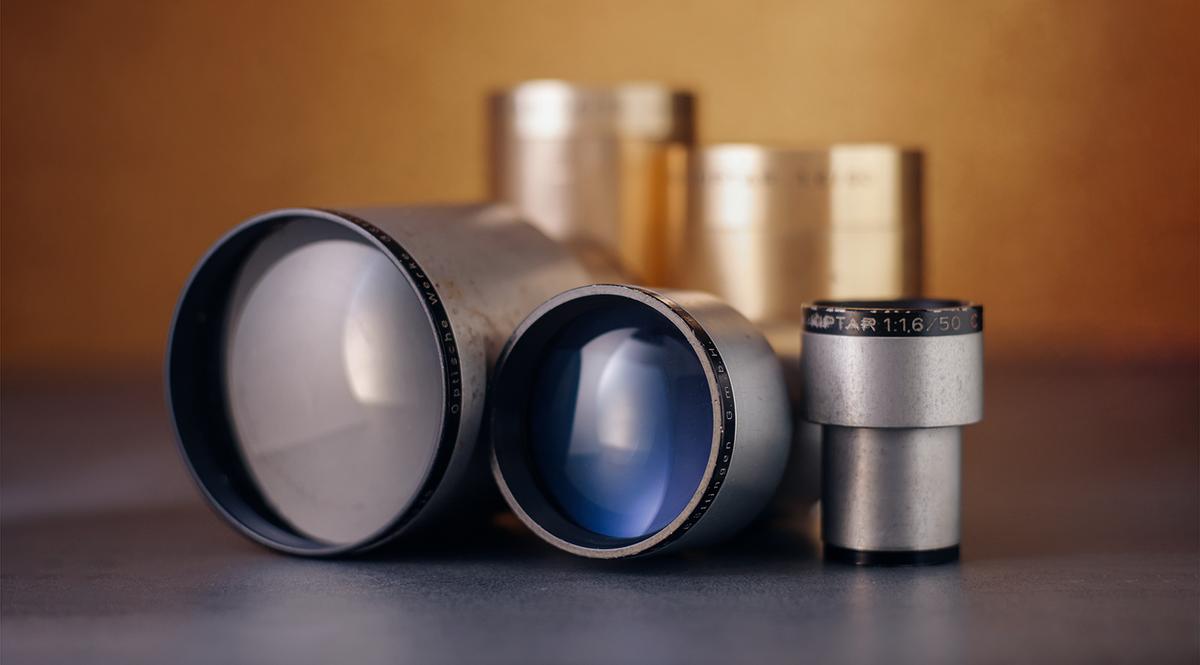This one surely is my most comprehensive write-up so far. There are still many open questions and missing pieces, but I've tried my best to provide an overview of the different series of the Kiptar, Super-Kiptar and many related (in name, development and design) lens families. I've also included lots of bits and pieces about the history and possible connections between these lenses or ones from other manufacturers. I also created a rough timeline of Schneider, ISCO and some of the relevant products as well as a serial number overview. Unfortunately Schneider didn't respond to my questions about the matter, but I still hope they're going to help me out by clarifying or adding some of the stuff that's still unclear or missing.
You can find the article here:
deltalenses.com/the-kiptar-story/
I've experimented with many of the lenses in question myself and included a lot of sample shots. In addition to that I'm also very happy and thankful that Gudrun Besler (aorta-besler) who is a wonderful artist, photographer and experimenter of unusual lenses from Germany, has agreed to share some of her beautiful shots taken with several samples of Kiptar lenses as well.
If you have some additional information on the matter, please let me know!
Here are some sample shots:












